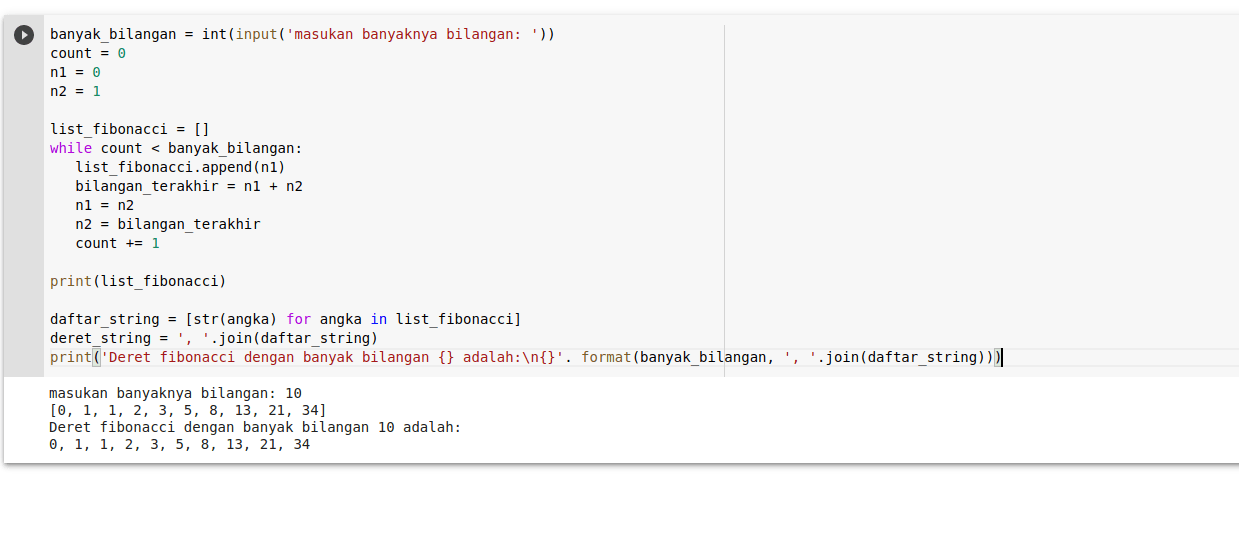The Best Fibonacci Python 3 References
The Best Fibonacci Python 3 References. Let’s start by initializing a variable that tracks. Python program for n\’th multiple of a number in fibonacci series;

A recursive function is a function that depends on itself to solve a problem. It is used to execute the statement blocks that repeat the condition until the condition is satisfied. 1 1 2 3 5 8 in a single.
Fibonacci Series In Python Is A Sequence Of Numbers Where Each Number Is The Sum Of The Previous Two Consecutive Numbers.
There are 5 ways to write the fibonacci series in python: In this approach, we will recursively call the function and calculate the. The python code i used is:
This Can Be Implemented Efficiently Using Recursion And Memoization, For Example You Could Use The @Functools.lru_Cache Decorator, Like This:
Top 3 techniques to find the fibonacci series in python. Massachusetts institute of technology(mit), one of the most premium technical educational institutes in the world, has recently announced a free online course in computer programming using python. If the number of terms is more than 2, we use a while loop to find the next term in the sequence by adding the preceding two terms.
Print (Please Enter A Positive Integer) Elif.
This integer argument represents the position in fibonacci series and returns the value at that position. Here i create a program in python that outputs the fibonacci sequence up to a target number of digits. Fibonacci series in python without recursion 2.
To Understand This Example, You Should Have The Knowledge Of The Following Python Programming Topics:
This python program allows the user to enter any positive integer. A = 0 b = 1 n=int (input (enter the number of terms in the sequence: Fibonacci program using while loop 4.
There Are Different Approaches To Finding The Fibonacci Series In Python.
F 2 n − 1 = f n 2 + f n − 1 2 f 2 n = ( 2 f n − 1 + f n) f n. Create a recursive function which receives an integer as an argument. 1 1 2 3 5 8 in a single.